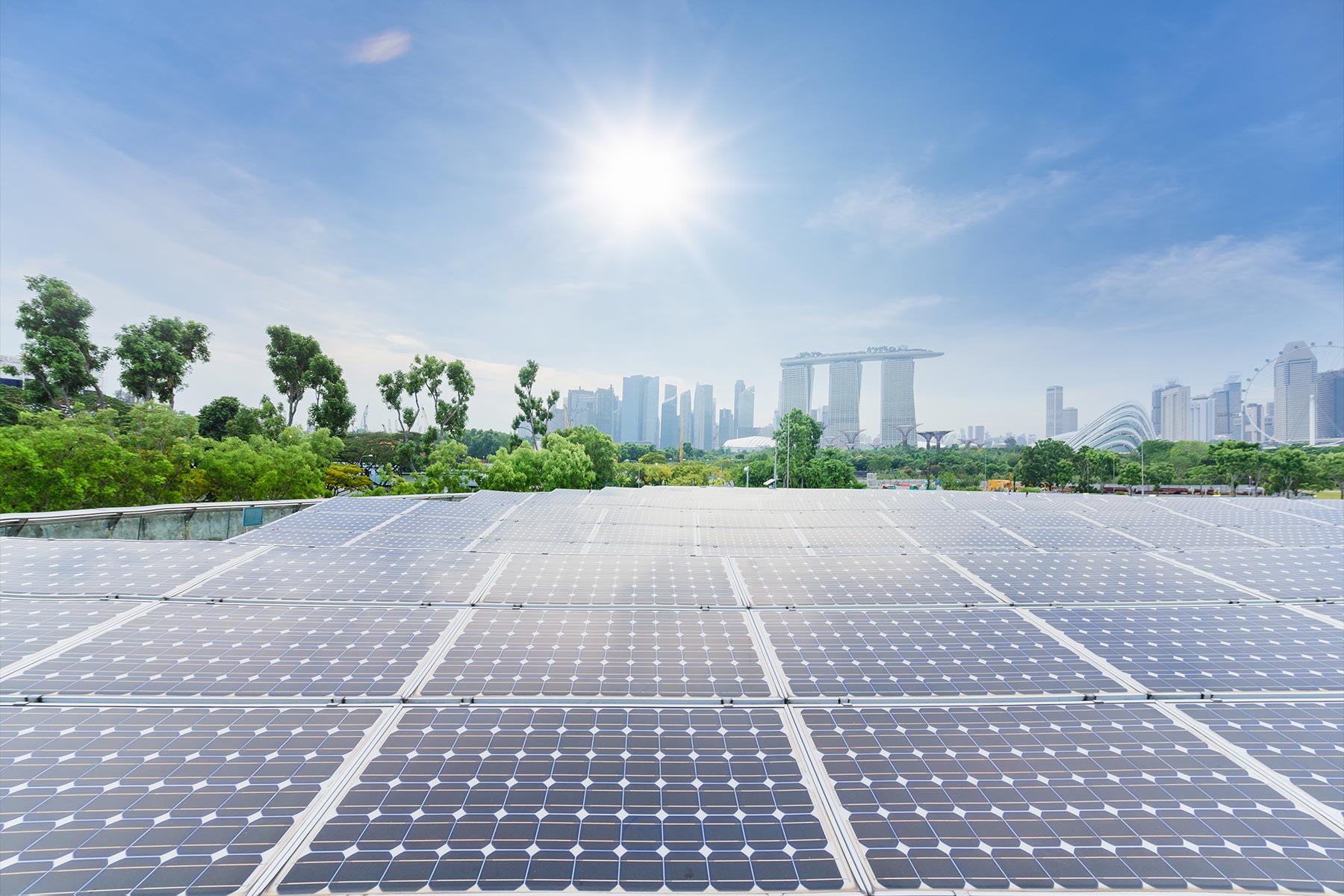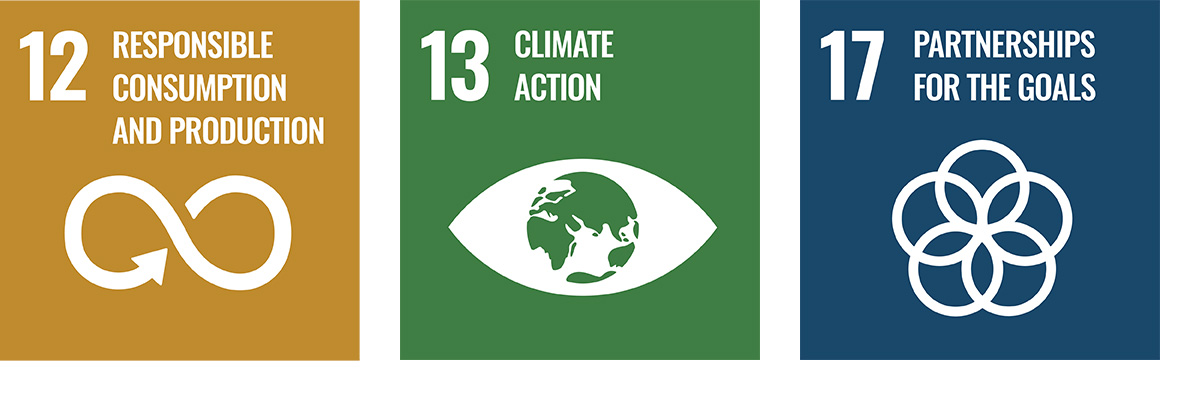Energy Reset
Energy Reset
Under the Energy Reset pillar, we aim to use cleaner energy sources across all sectors.

Green Energy
Solar energy remains the most promising renewable energy source for Singapore when it comes to electricity generation.
Today, Singapore is one of the most solar-dense cities in the world. We even have a 60 megawatt-peak inland floating solar photovoltaic system at Tengeh Reservoir, which is about the size of 45 football fields.

We will continue to maximise solar panel deployment, including on rooftops, reservoirs and other open spaces. Our aim is at least 2 gigawatt-peak of solar energy deployment by 2030, which can generate enough energy to meet the annual electricity needs of around 350,000 households.
However, solar power output is intermittent in nature and is subject to weather conditions. To maintain grid reliability, Singapore is deploying Energy Storage Systems (ESS) to address solar intermittency and enhance grid resilience. In February 2023, Singapore officially launched a 285 megawatt-hour ESS on Jurong Island. This is the largest ESS in Southeast Asia and was commissioned in 6 months, the fastest in the world of its size to be deployed.

Regional power grids will allow us to access cleaner energy sources beyond our borders. We aim to import up to 4 gigawatts of low-carbon electricity by 2035, which would make up around 30% of Singapore’s projected electricity supply.
Singapore is also exploring emerging low-carbon alternatives such as hydrogen, geothermal and carbon capture, utilisation and storage. In October 2022, we announced our National Hydrogen Strategy to develop hydrogen as a major decarbonisation pathway.
We also plan to increase the efficiency of our gas-fired power plants to reduce emissions.
Green Transport
As our transport system grows in capacity and usage, it becomes increasingly important to manage its environmental footprint. Our vision is for all vehicles to run on cleaner-energy by 2040.
We will continue to reduce the sector’s emissions by encouraging the use of public transport and active mobility and transitioning to a cleaner-energy vehicle population.
New diesel car and taxi registrations are to cease from 2025, with all new car and tax registrations to be of cleaner-energy models from 2030. We are targeting for 60,000 electric vehicle (EV) charging points by 2030, in tandem with EV adoption, with 100% of HDB towns being EV-ready by 2025. More fast chargers will be deployed to support the charging needs of fleet EV drivers.
While we position ourselves to seize growth opportunities in aviation and maritime, our air and sea hubs will also run on cleaner energy, reducing domestic emissions in these sectors. The recent launch of the Sustainable Air Hub Blueprint details new air hub targets, including achieving net zero domestic and international aviation carbon emissions by 2050. Domestic aviation emissions from airport operations will be reduced by 20% from 2019 levels in 2030.
Green Buildings
Buildings account for over 20% of Singapore’s emissions. Greening our buildings is hence a key strategy to achieve our sustainability ambitions under the Singapore Green Plan 2030, and to fulfil our international commitments on climate change.
In support of SDGs:



